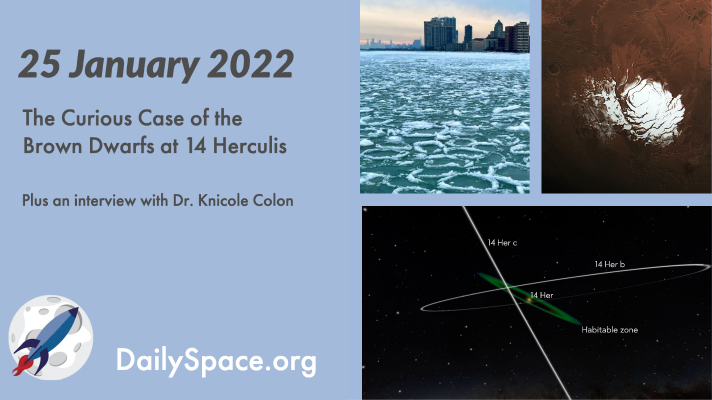
Jan 26, 2022 | Brown Dwarf, Daily Space, Earth, Exoplanets, Guest Interview, JWST, Mars, Opportunity, Rockets, Spacecraft, SpaceX
A dynamical analysis of the 14 Herculis system has revealed the existence of two brown dwarf planets orbiting in completely misaligned, eccentric orbits. Plus, weird ice in Chicago, the ongoing debate about liquid water on Mars, one rocket goes up while a capsule comes down, and we interview Dr. Knicole Colon from the JWST mission.
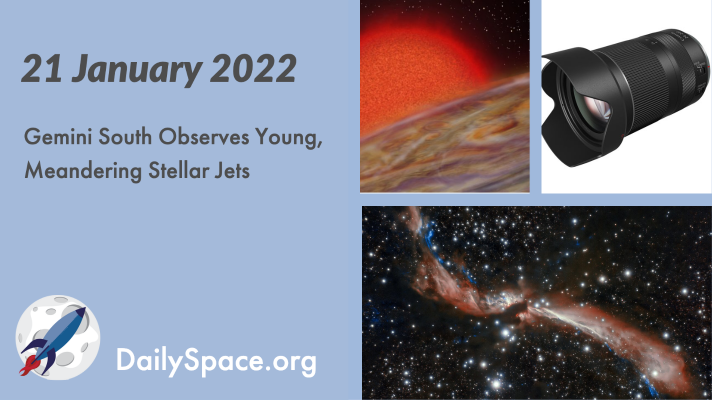
Jan 24, 2022 | Brown Dwarf, Daily Space, Exoplanets, Galaxies, Gemini South, JWST, Review, Spacecraft, Starlink, Stars, Very Large Array
The Gemini South Observatory, using adaptive optics, has captured stunning new images of meandering stellar jets. The sidewinding appearance is likely caused by the gravitational influences of nearby companion stars. Plus, exoplanet news and a review of a Canon lens.
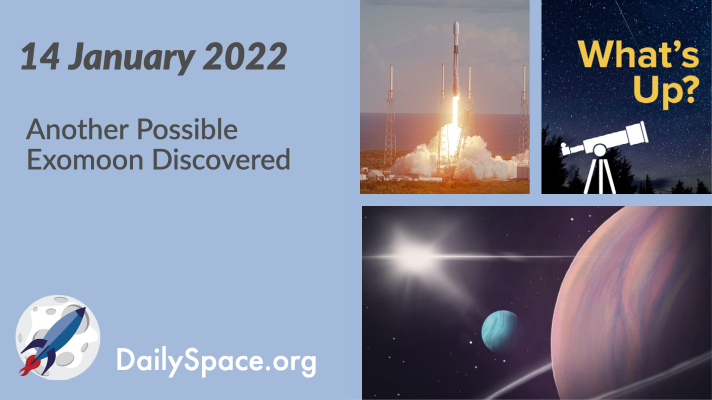
Jan 17, 2022 | Daily Space, Exoplanets, JWST, Mars, Rockets, Sky Watching, Space History, Spacecraft, SpaceX, Stars, Virgin Orbit, White Dwarfs
Researchers have potentially found a Neptune-sized exomoon orbiting a Jupiter-sized planet in a system with a Sun-like star, making it the second such potential exomoon discovered to date. Plus, rocket launches, This Week in Rocket History, and What’s Up.
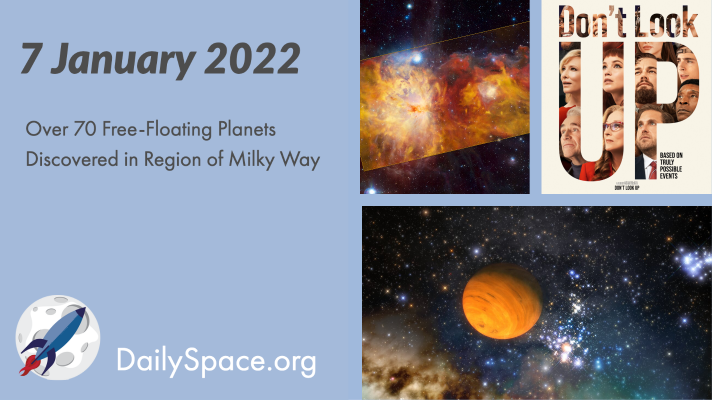
Jan 8, 2022 | Active Galaxies, Astrobiology, Daily Space, Exoplanets, Nebulae, Observatories, Rockets, SpaceX, Star Forming Region, Starlink, Supernovae, Venus
Scientists examined over 80,000 images from large telescopes and their sensitive instruments and found over 70 free-floating planets with the possibility for even more. Plus, a red giant supernova, new images of the Flame Nebula, and a review of Netflix’s “Don’t Look Up”.
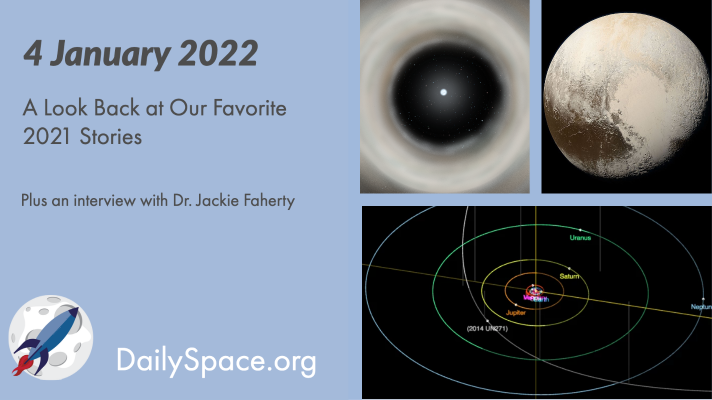
Jan 5, 2022 | Citizen Science, Comets, Daily Space, Exoplanets, Guest Interview, JWST, LPSC, Mars, Pluto & Charon, Supernovae, White Dwarfs
Dr. Pamela and Beth each picked their three favorite stories from 2021, including news from Mars and Pluto and about distant comets and undead white dwarf stars. Plus, we interview Dr. Jackie Faherty from the American Museum of Natural History about citizen science, exoplanets, and JWST.

Dec 15, 2021 | Active Galaxies, AGU, Asteroids, Daily Space, Exoplanets, Mars, Milky Way, Review, Stars, Supermassive Black Holes
Using the ESO’s Very Large Telescope Interferometer, scientists have obtained the deepest and sharpest images of Sagittarius A*, the black hole at the center of the Milky Way. They tracked the orbits of stars and were able to more precisely measure the mass of the black hole. Plus, new ways to research meteors, and a review of a Peak Design camera anchor system.








 We record most shows live, on Twitch. Follow us today to get alerts when we go live.
We record most shows live, on Twitch. Follow us today to get alerts when we go live.